New York, with the Statue of Liberty shimmering in the 30-degree heat, this is not a Midsummer celebration like those you see in Sweden. But rising in the central green is a familiar sight – a maypole adorned with sunflowers and linden boughs, a little slice of Sweden in downtown Manhattan.
“It’s an interesting mix of being in the park at the southern tip of Manhattan with a view over the Statue of Liberty and the skyscrapers in the background…and this really Swedish atmosphere. It’s a really fun combination,” said Melinda Martino, director of public affairs and communications for the Consulate General of Sweden in New York.
All of the trappings of the holiday are here: a sing-along of new and old Swedish favorites, fiddlers in folk costumes, and traditional dances around the maypole. There is a long line outside of the Swedish Women’s Educational Association’s stand for flower wreaths, and men, women and children of all nationalities can be seen sporting the arrangements in their hair.
“I like to do things very authentically, very traditionally,” said Abby Ehrlich, director of parks programming for the Battery Parks Conservancy and one of the lead organizers of the event. She says that while other Midsummer celebrations take more advantage of commercial opportunities, “we prefer to keep it a day where it’s just about nature and picnicking and being with friends and family.”
For all its authenticity, the event has some distinct New York touches as well, including a proclamation from Mayor Michael Bloomberg.
After a short introduction by David E. R. Dangoor, Consul General of Sweden in New York for the past six months, Brian Anderson of the City Records Office takes to the stage to read the Mayor’s proclamation.
“Ever since 1639,” intoned Anderson in a thick New York accent, “when Swede Jonas Bronck settled the area north of Manhattan that would later bear his name, Sweden has made tremendous contributions to New York City.”
New York was never a major center of Swedish immigration the way Chicago or Minneapolis were, but Swedes flock to the city in droves today, both to visit and to stay. While there are no definite numbers, Consul General Dangoor estimates that up to 30,000 Swedish-born people reside in the greater New York area.
The event has been hosted by the Battery Parks Conservancy for fifteen years and consistently draws a crowd numbering in the thousands, about half of them Swedish, to Robert Wagner Park: a small, neatly manicured set of lawns that overlook the confluence of the Hudson and East Rivers.
Many of the performing groups that return from year to year are made up not of native Swedes, but of descendants of Swedish immigrants who have rediscovered their roots. Rediscovered, that is, or simply never forgotten: the Swedish Folkdancers, who performed at the event, recently celebrated their 104th anniversary.
The crowd is in many ways reflective of the Swedish expatriate community in New York: many young professionals and mixed Swedish-American couples and families, slickly dressed businessmen and golden-headed nannies. It is a diverse group, but one that is very proud of its culture.
“When you move out of a country, somehow the culture of that country becomes more important to you,” said Erik Bohman of the Sound of Sweden Choir, who earlier had led the crowd in a rendition of Abba’s “Thank You for the Music.”
“When you become an expatriate yourself, you realize how much your home country culture means, and how important those rituals are,” said Bohman.
Bohman added that being a Swede in the US has been a learning experience and one that a lot of his fellow countrymen could benefit from.
“In Sweden, I don’t think the tolerance level is as high. So people sometimes question, ‘why do these people keep their culture?’ But I’m here as a Swedish immigrant and of course I keep my culture, it’s very important to me.”
The New York City Midsummer celebration is a particularly grand example of the Swedish diaspora’s ability to hold on to its culture while fully integrating on a global scale.
“My parents’ generation still know these folk dances that would be forgotten in any other country,” said Bohman. “Hopefully we can keep doing it here.”
As the sun starts to set over the swelling waves of Upper New York Bay, the park is still jam-packed with people, picnic blankets cover every inch of green space, and the air is filled with the smell of Swedish meatballs and the sounds of folk songs. It appears that Swedish Midsummer in New York has a long, bright future ahead of it.
Mischa Benoit-Lavelle is freelance writer based in New York City.

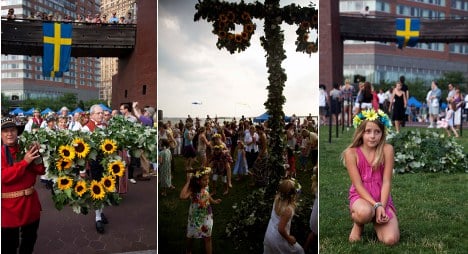
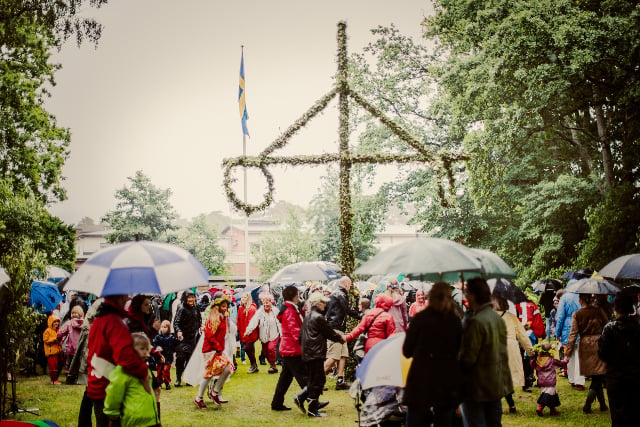

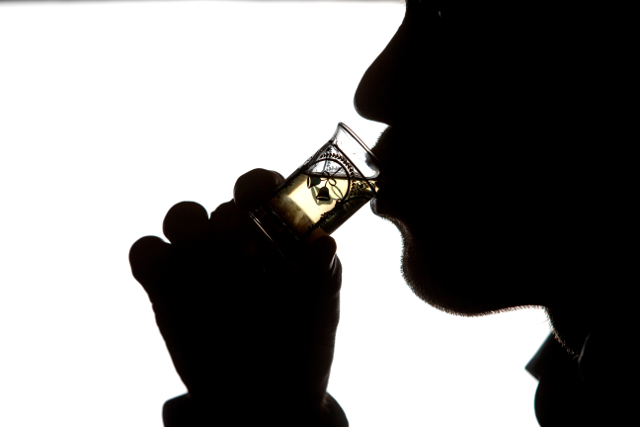

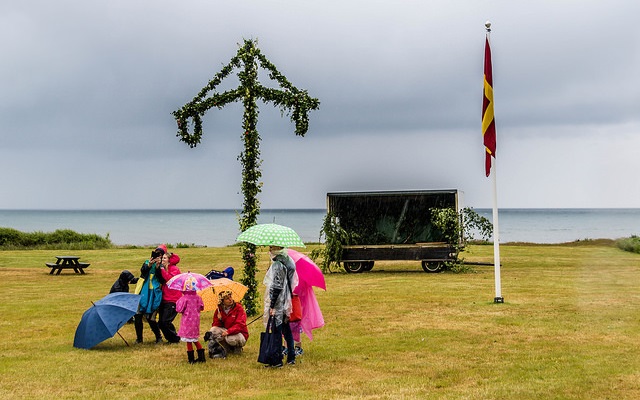
 People wearing Swedish regional traditional wear. Photo
People wearing Swedish regional traditional wear. Photo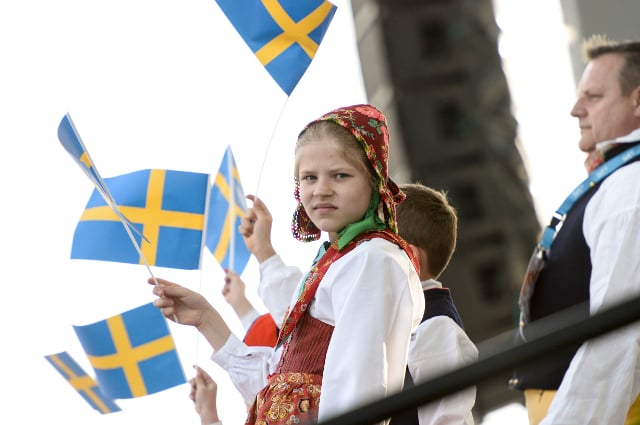

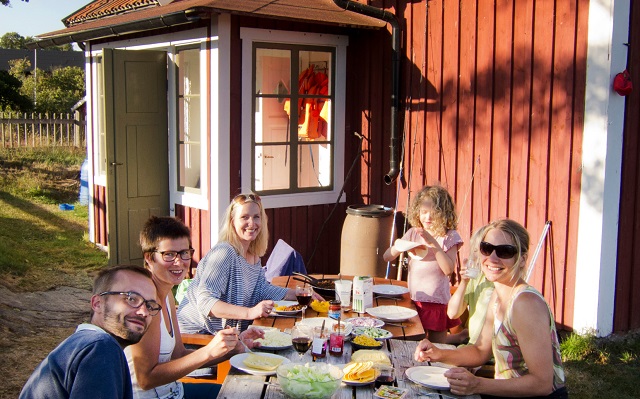
 Please whitelist us to continue reading.
Please whitelist us to continue reading.
Member comments